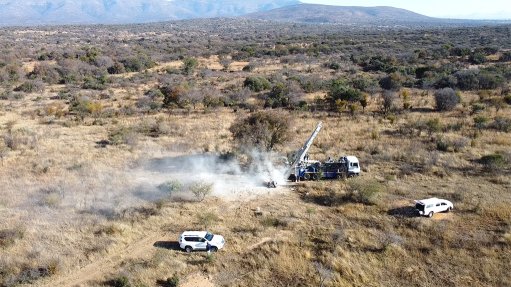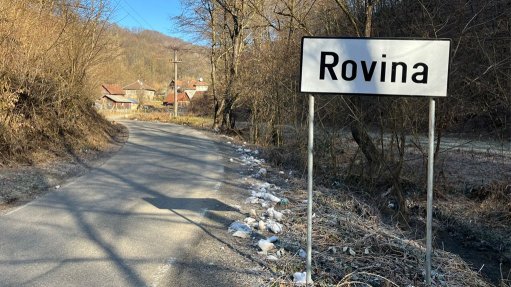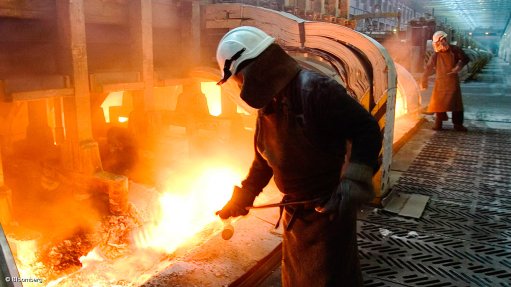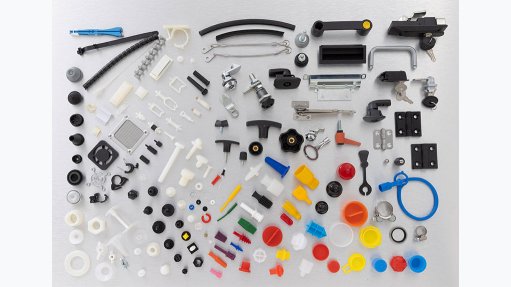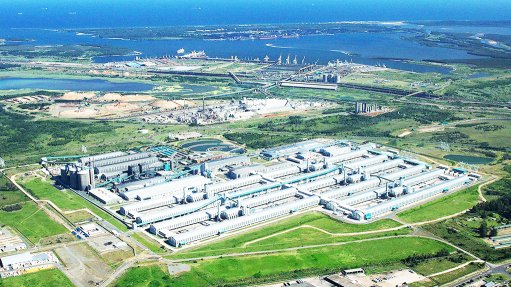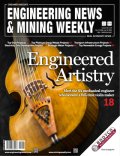Programme to enhance timber competitiveness

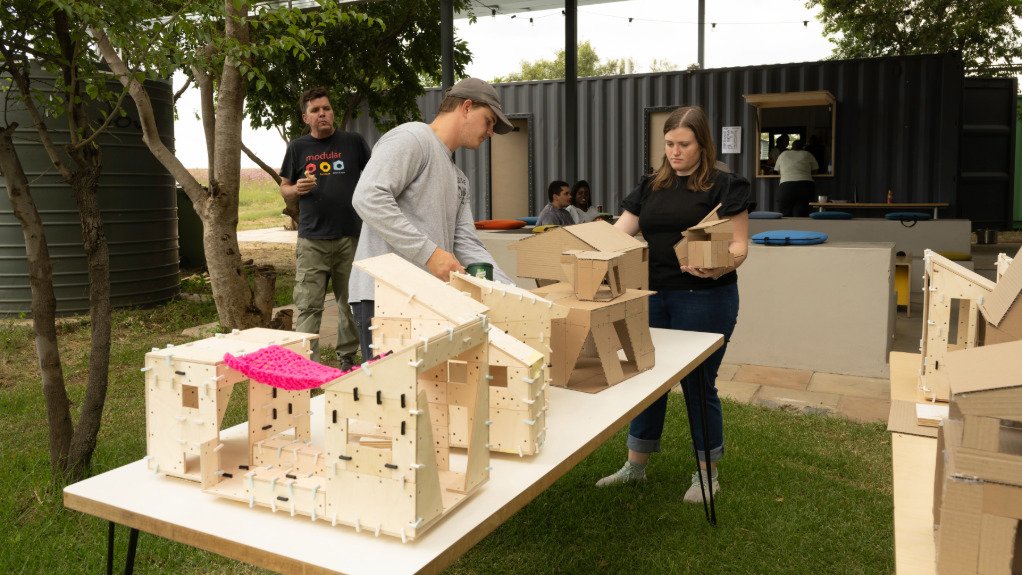
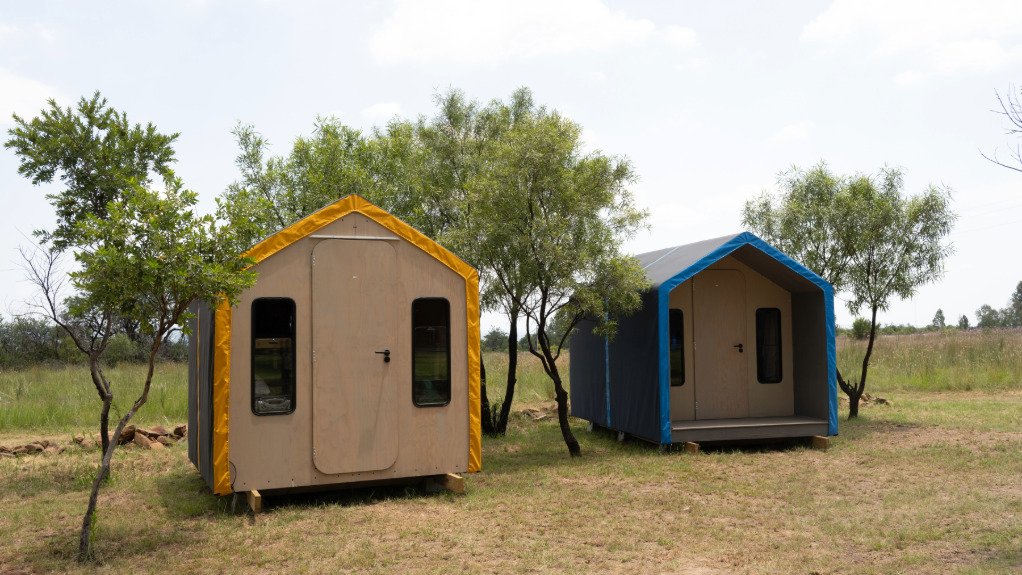
REIMAGINING TIMBER To reimagine timber components and systems with adaptability and reuse requires embedding modularity, disassembly and reusability principles into the design process
Photo by
OPTIMISING TIMBER The integration of two key education projects at the university will enable further optimisation across the value chain
The University of Pretoria (UP) Solid Timber Competitiveness Programme aims to develop design processes and wood products that will enhance the competitiveness of the South African timber sector, following a global shift towards sustainable construction.
South African timber has a competitive advantage, owing to pruning regimes that create clear wood on the outer side of the tree stems, says UP associate Professor Schalk Grobbelaar.
He suggests that academia and industry ensure that the country optimises its product development and timber designs to leverage this advantage; hence, the programme is key.
The UP programme comprises two projects, the first of which is the Protobuilding Initiative.
The initiative aims to equip students with the knowledge and skills to integrate design for manufacturing, assembly, deconstruction and reuse principles into timber-based construction using mainly engineered timber products.
The foundation of this approach lies in a “deep understanding” of the materials’ origins and structural properties, as well as modular design best practices.
Using contemporary computer-aided design and computer-aided manufacturing techniques will enable students to optimise timber components for precision fabrication, thereby reducing material waste while ensuring structural efficiency, Grobbelaar adds.
He notes that, beyond manufacturing, this approach encourages the reimagining of timber components and systems with adaptability and reuse in mind. This requires embedding modularity, disassembly and reusability principles into the design process, which will, consequently, allow for extended product life cycles and reduced environmental impact.
Moreover, through prototyping and testing, students can validate their concepts, ensuring that their solutions address practical challenges while adhering to sustainability and circular economy objectives.
He notes that South Africa already has well-established timber standards and manufacturers, architects and builders who can promote timber construction.
Moreover, interest in timber construction is growing, as illustrated by a variety of recently completed or in-progress projects.
Through its “learning-by-doing” approach, the Protobuilding Initiative aims to create a conducive space for creativity and experimentation through the five design thinking phases: empathise, define, imagine, prototype and test.
Grobbelaar says the anticipated outcomes of this approach include innovative, integrated housing solutions that address user needs effectively while incorporating resource- efficient practices.
In partnership with furniture wholesaler RAW Modular, the university held two workshops from January 27 to 31, 2025 and from February 3 to 7, 2025. University students who enrolled were required to physically assemble a full-scale prototype on the first day of the workshop.
Thereafter, they were divided into groups, which then designed three different buildings using the same building blocks.
“The idea is to illustrate how the same material can be used for different building types. Through this process, they learn how to design a building that can be reconfigured for a different purpose,” Grobbelaar adds.
Optimising Wood Properties
The second project of the Solid Timber Competitiveness Programme is Engineered Wood. Grobbelaar says the idea is to see the variability in wood properties as a benefit.
He explains that South Africa predominantly uses pine and eucalyptus as a source of structural timber, with previous studies indicating these short-rotation trees can have lower mechanical strength properties. This, in turn, can influence the strength of engineered wood products such as glulam and cross laminated timber (CLT). However, this was based on a narrow view of the available structural properties.
Grobbelaar suggests that engineered wood can be optimised by varying the position of wood components in structures.
“By scientifically designing wood components, such as glulam and CLT, we could significantly increase the strength properties when using the same volume of material. The first step is to improve our knowledge of the variance in wood properties. Once we have this knowledge, we can simulate composite wood products and optimise the design of products to generate the optimal value from the available wood.”
Integrating the two projects will allow for further optimisation across the value chain, as the optimal timber properties and corresponding value depend highly on the specific application, he says.
“For example, floors are subjected to high amounts of wear, and thus surface hardness is important. On the other hand, roof trusses are subjected to tensile and compression forces. Thus, timber used in these applications should preferably have a high modulus of rupture and modulus of elasticity.”
The timber available in South Africa includes different species grown on sites with varying soil and climatic conditions. Wood properties like density, stiffness and strength also differ between the bottom and top of the tree and from the core to the outer side of the stem. This creates significant variability in wood products produced from trees, but also opportunities if leveraged appropriately.
Article Enquiry
Email Article
Save Article
Feedback
To advertise email advertising@creamermedia.co.za or click here
Press Office
Announcements
What's On
Subscribe to improve your user experience...
Option 1 (equivalent of R125 a month):
Receive a weekly copy of Creamer Media's Engineering News & Mining Weekly magazine
(print copy for those in South Africa and e-magazine for those outside of South Africa)
Receive daily email newsletters
Access to full search results
Access archive of magazine back copies
Access to Projects in Progress
Access to ONE Research Report of your choice in PDF format
Option 2 (equivalent of R375 a month):
All benefits from Option 1
PLUS
Access to Creamer Media's Research Channel Africa for ALL Research Reports, in PDF format, on various industrial and mining sectors
including Electricity; Water; Energy Transition; Hydrogen; Roads, Rail and Ports; Coal; Gold; Platinum; Battery Metals; etc.
Already a subscriber?
Forgotten your password?
Receive weekly copy of Creamer Media's Engineering News & Mining Weekly magazine (print copy for those in South Africa and e-magazine for those outside of South Africa)
➕
Recieve daily email newsletters
➕
Access to full search results
➕
Access archive of magazine back copies
➕
Access to Projects in Progress
➕
Access to ONE Research Report of your choice in PDF format
RESEARCH CHANNEL AFRICA
R4500 (equivalent of R375 a month)
SUBSCRIBEAll benefits from Option 1
➕
Access to Creamer Media's Research Channel Africa for ALL Research Reports on various industrial and mining sectors, in PDF format, including on:
Electricity
➕
Water
➕
Energy Transition
➕
Hydrogen
➕
Roads, Rail and Ports
➕
Coal
➕
Gold
➕
Platinum
➕
Battery Metals
➕
etc.
Receive all benefits from Option 1 or Option 2 delivered to numerous people at your company
➕
Multiple User names and Passwords for simultaneous log-ins
➕
Intranet integration access to all in your organisation









